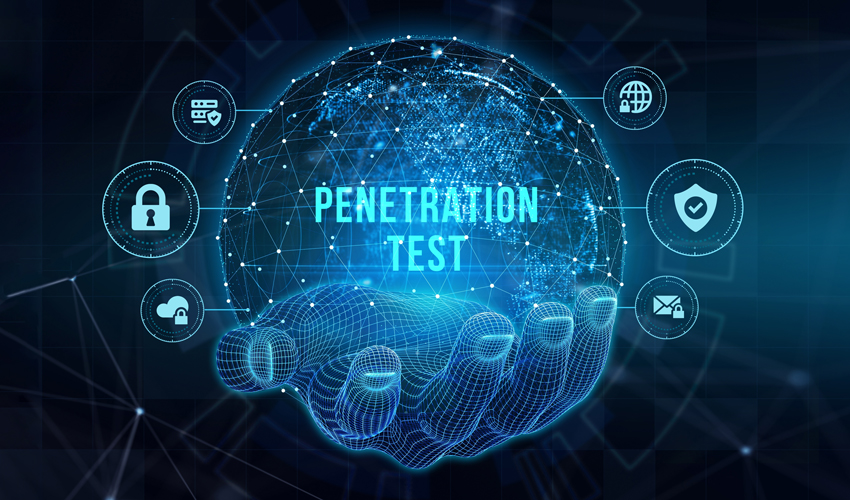
by George Whittaker
Introduction
Penetration testing, often referred to as pen testing, is a critical practice in the field of cybersecurity. It involves simulating cyber-attacks on a system, network, or web application to identify vulnerabilities that could be exploited by malicious actors. This proactive approach allows organizations to strengthen their defenses before an actual attack occurs. To conduct effective penetration testing, security professionals rely on specialized tools and platforms designed for this purpose. One of the most renowned platforms in this domain is Kali Linux, a Debian-based distribution tailored specifically for penetration testing and security auditing.
What is Kali Linux?
Kali Linux is an open source, Debian-based Linux distribution developed and maintained by Offensive Security. It is designed for digital forensics and penetration testing and comes pre-installed with a vast array of security tools. Originally released in March 2013, Kali Linux has evolved from its predecessor, BackTrack, to become the go-to operating system for cybersecurity professionals worldwide.
Key Features and Benefits
- Extensive Toolset: Kali Linux includes hundreds of pre-installed tools that cover various aspects of penetration testing, from network scanning to password cracking.
- Customizability: Users can customize Kali Linux to fit their specific needs, adding or removing tools and configuring the environment as required.
- Portability: Kali Linux can be run as a live USB, installed on a hard drive, or used in a virtual machine, providing flexibility for different use cases.
- Community Support: As an open source project, Kali Linux benefits from a robust and active community that contributes to its development and provides support through forums and documentation.
Before diving into penetration testing with Kali Linux, it's essential to understand the installation and setup process.
System Requirements
To install Kali Linux, ensure your system meets the following minimum requirements:
- A 64-bit processor
- 2 GB of RAM (4 GB recommended)
- 20 GB of disk space for installation
- A bootable CD-DVD drive or a USB stick
There are several ways to install and run Kali Linux:
- Primary OS Installation: This method involves installing Kali Linux as the main operating system on your computer. This approach provides the best performance and access to hardware resources.
Go to Full Article
More...